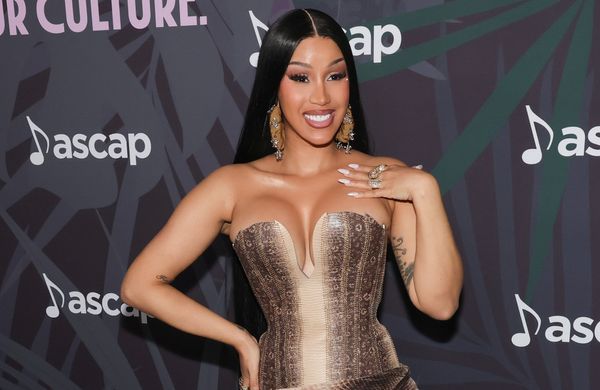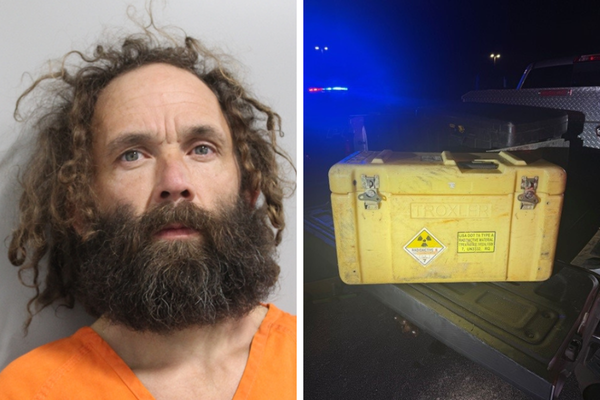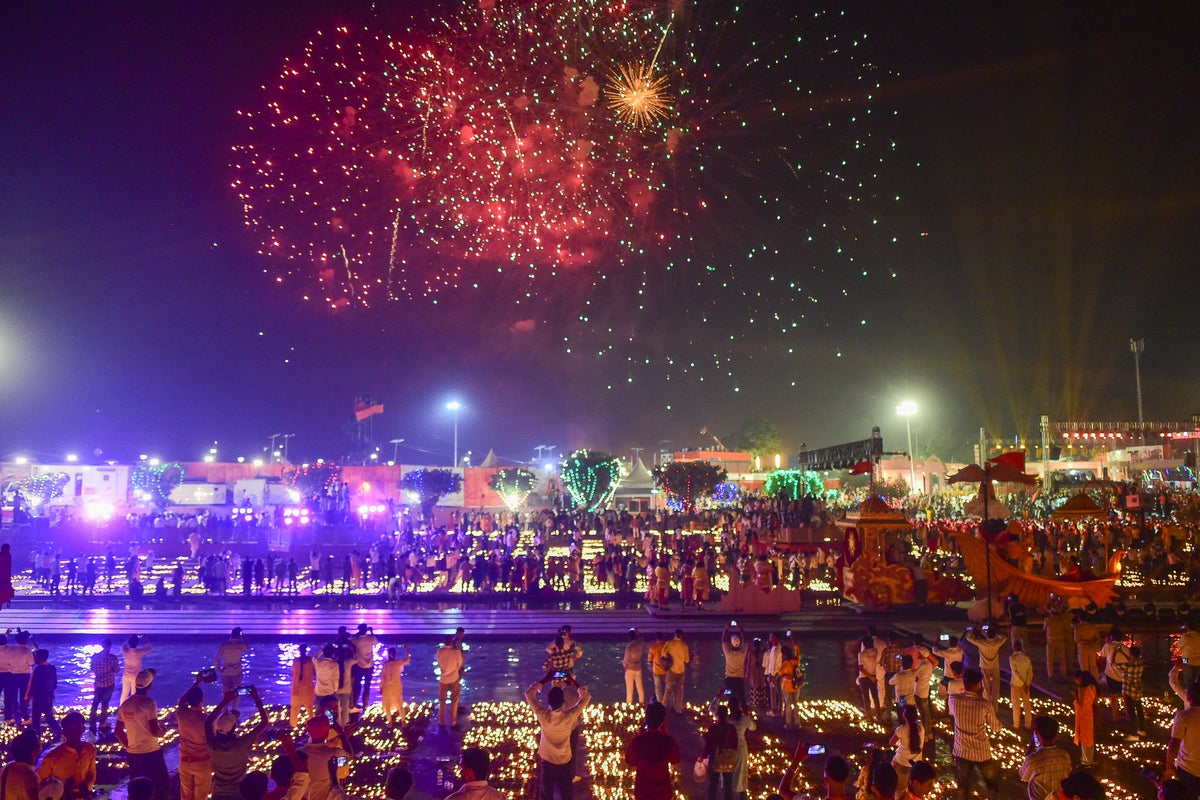
More than a billion people in India celebrated the Hindu festival of Diwali on Monday as a state government secured the much-coveted record for lighting the largest number of oil lamps.
Every autumn, the festival, which marks the victory of good over evil and light over darkness, is celebrated by lighting lamps, or diyas, fireworks displays, feasts and prayer.
Diwali, or Deepavali, which means “a row of lights”, is reflected in how celebrants light rows of traditional clay oil lamps outside their homes.
Ayodhya, by the banks of the Saryu River in Uttar Pradesh state, etched its name in the Guinness World Records by lighting 2,617,215 lamps on Sunday night, the eve of the main Diwali festival. The lamps were lit during the state government-backed Deepotsav, which celebrates the return of god-king Rama to his birthplace, Ayodhya, after 14 years of exile.
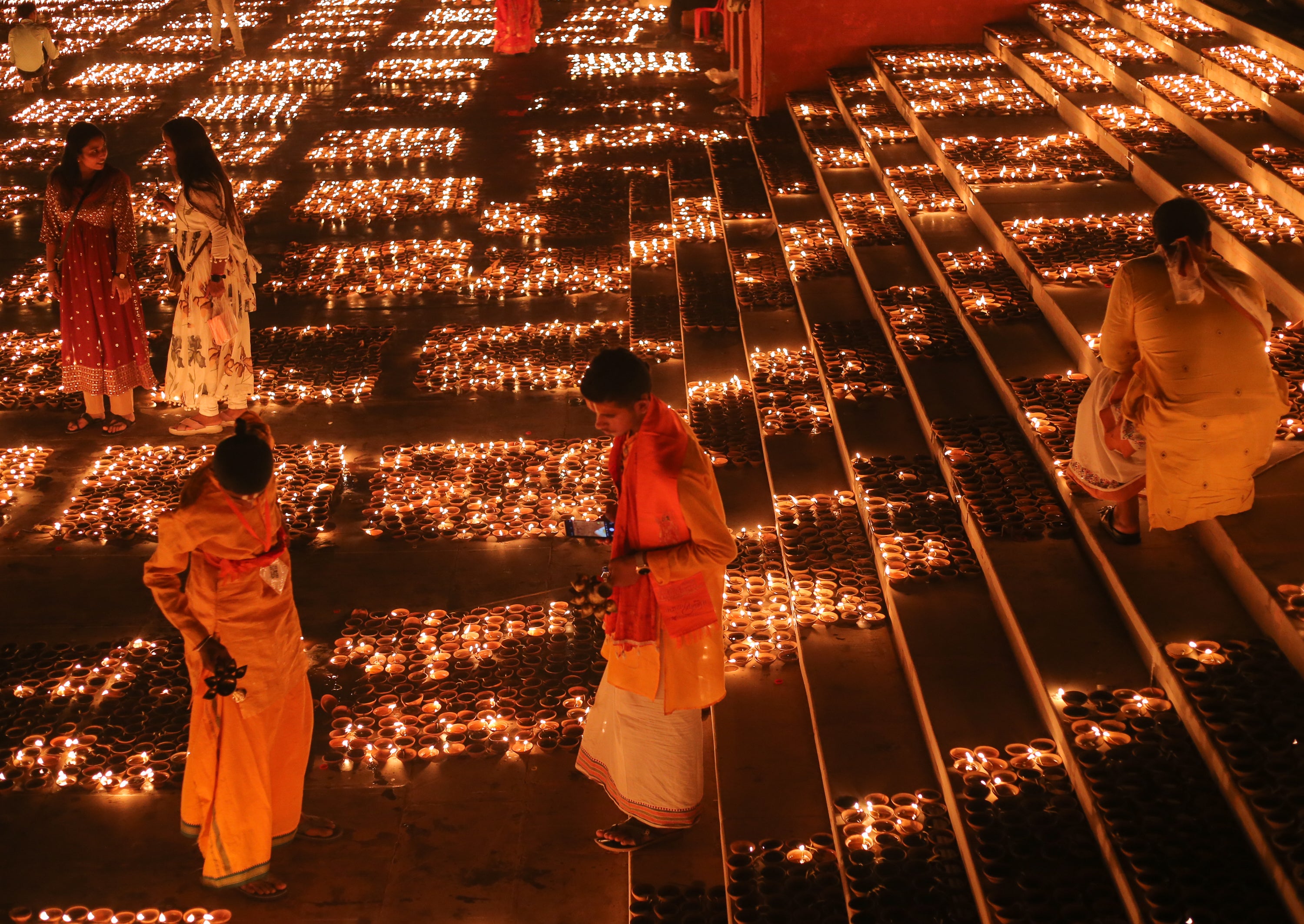
Beyond the lamps, people burst fireworks to celebrate, with major urban centres such as the capital, New Delhi, burning millions of kilograms in hours, cloaking the skyline in thick, toxic smoke. The festival coincides with the start of the winter smog season, when stagnant air traps smoke from fireworks, traffic, and the burning of crop residue.
The capital on Monday was shrouded in a thick, toxic haze, with air pollution levels soaring to more than 16 times the World Health Organisation’s recommended daily maximum. Levels of PM2.5 hit 248 micrograms per cubic metre in parts of the city, according to monitoring organisation IQAir.
By Monday afternoon, parts of the city reached 500, considered “severe” in the air quality index (AQI), with the score expected to soar further into the night. Last year, the pollution led to an AQI score of more than 1,000, bringing down visibility levels and forcing flight cancellations.
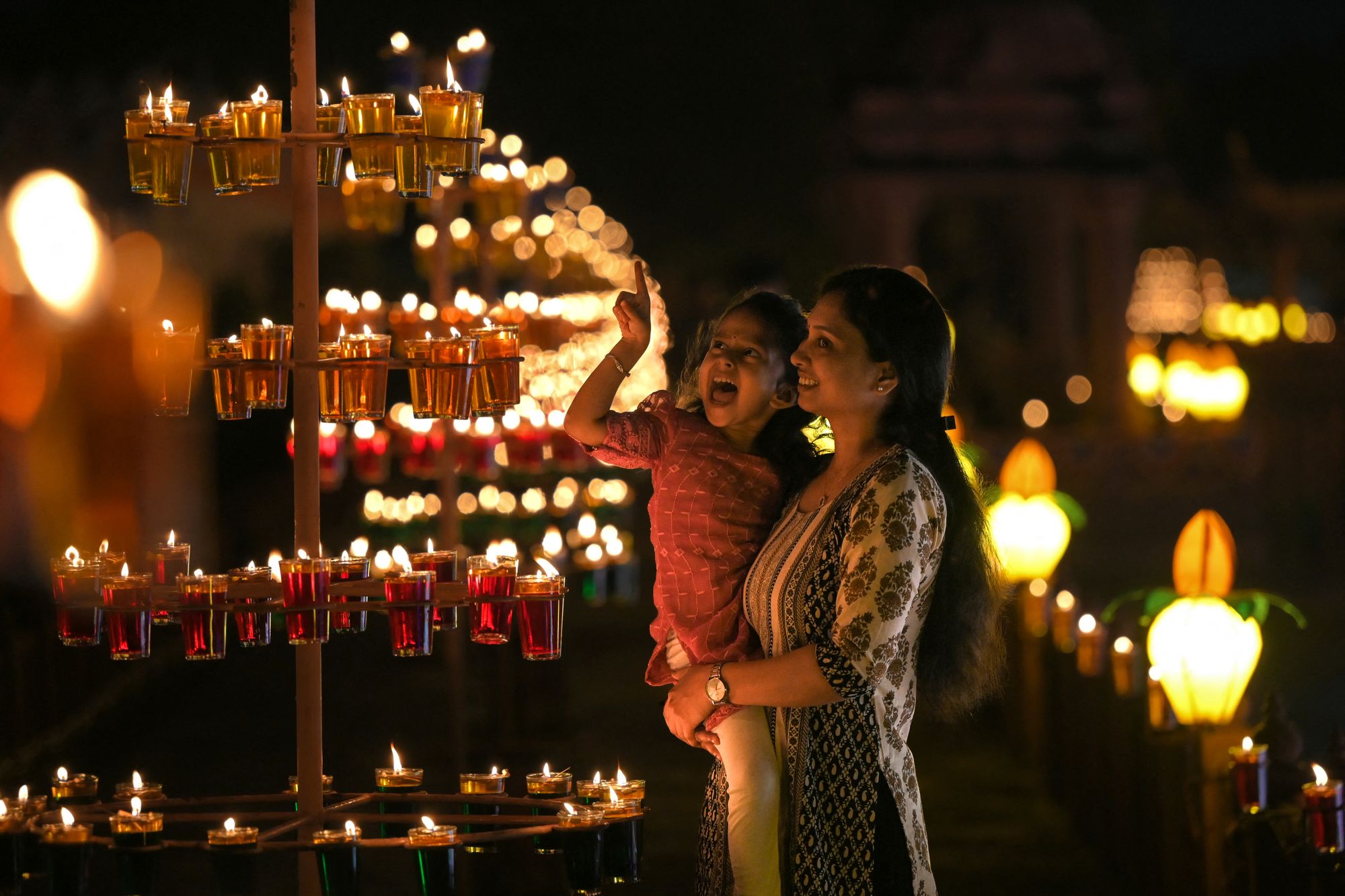
The administration in Delhi has invoked fresh measures under a graded response action plan (Grap) across the capital region to rein in the pollution levels.
Delhi authorities also plan to trial cloud seeding by aircraft this month by injecting chemicals like salt into clouds to trigger rain and clear the city’s choking air. However, experts describe the practice as – at best – a sticking plaster over the chronic issue that is air pollution. “We’ve got everything in place,” environment minister Manjinder Singh Sirsa told the AFP news agency, confirming flight trials and pilot training are complete.
Earlier this month, the Supreme Court of India allowed limited use of “green fireworks” for two days during the Diwali festival, despite the persisting pollution concerns. The court said a blanket ban, imposed seven years ago, had proved ineffective as illegal fireworks continued to be smuggled into the capital.
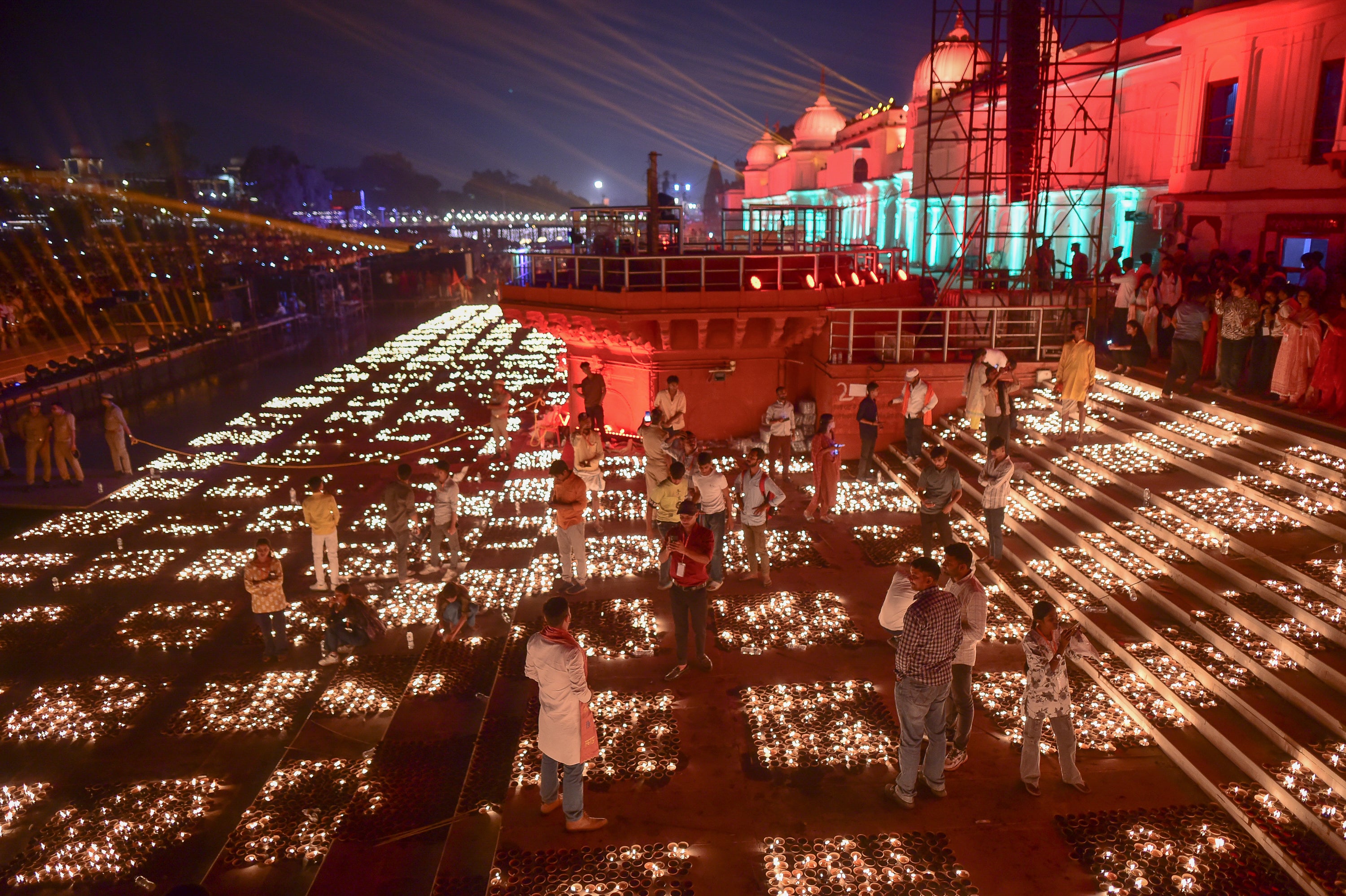
The ruling prohibits the sale of fireworks brought in from outside the National Capital Region and restricts their use to a pair of short windows, from 6am to 7am and 8pm to 10pm, on the eve and the day of Diwali.
Delhi is one of the world’s most polluted megacities, and air pollution is cutting the life expectancy of its residents by an average of 11.9 years compared to WHO guidelines, according to a report by the Energy Policy Institute at the University of Chicago. A Lancet Planetary Health study last year linked 3.8 million deaths in India between 2009 and 2019 to air pollution.
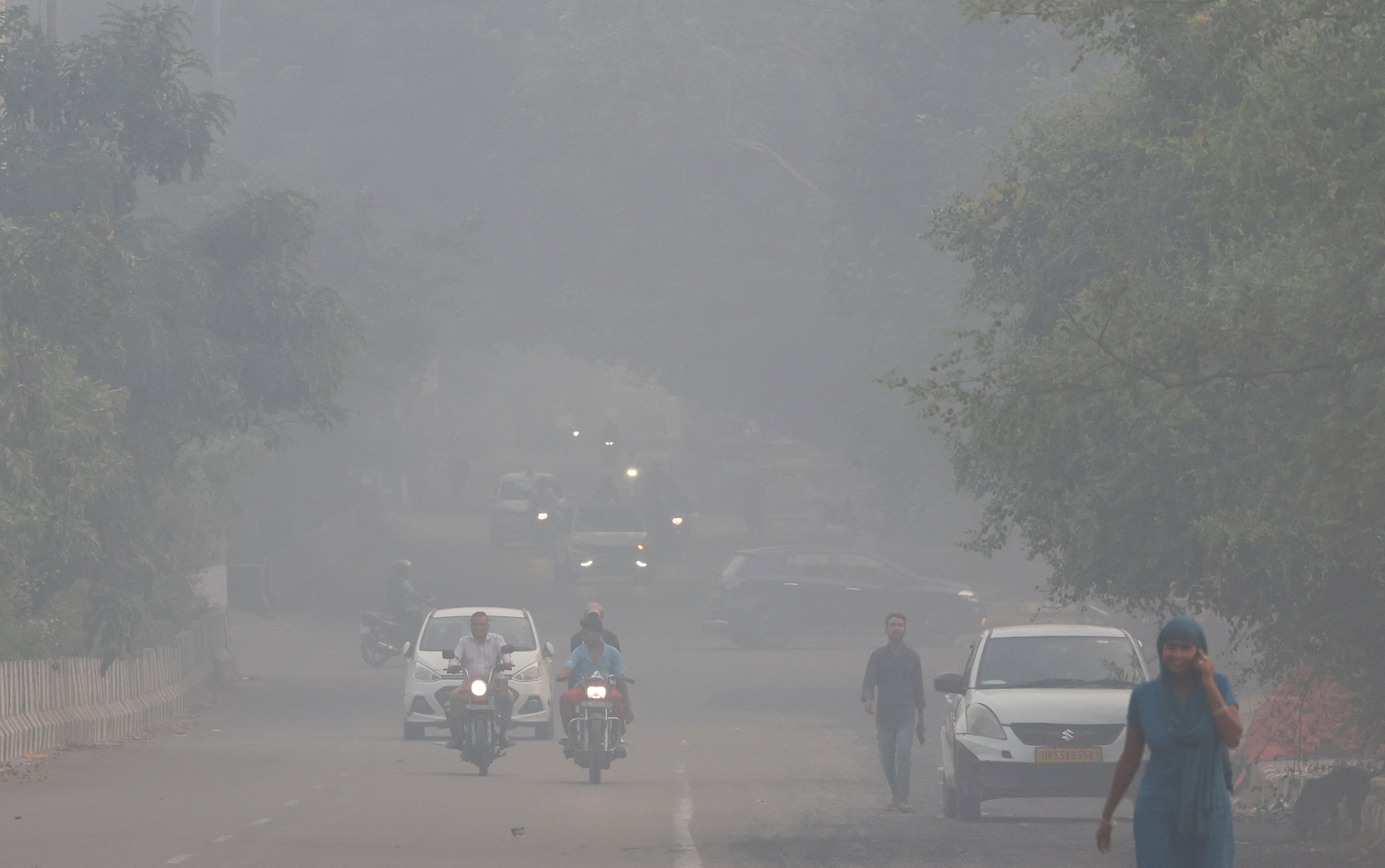
What is Diwali?
While Diwali is a major religious festival for Hindus, it is also observed by Sikhs, Jains and Buddhists. The origin story of Diwali varies depending on the region. All these stories have one underlying theme – the victory of good over evil.
In southern India, Diwali celebrates the victory of Lord Krishna’s destruction of the demon Naraka, who is said to have imprisoned women and tormented his subjects. In northern India, Diwali honours the triumphant return of Lord Rama, his wife Sita, and brother Lakshmana, from a 14-year exile in the forest.
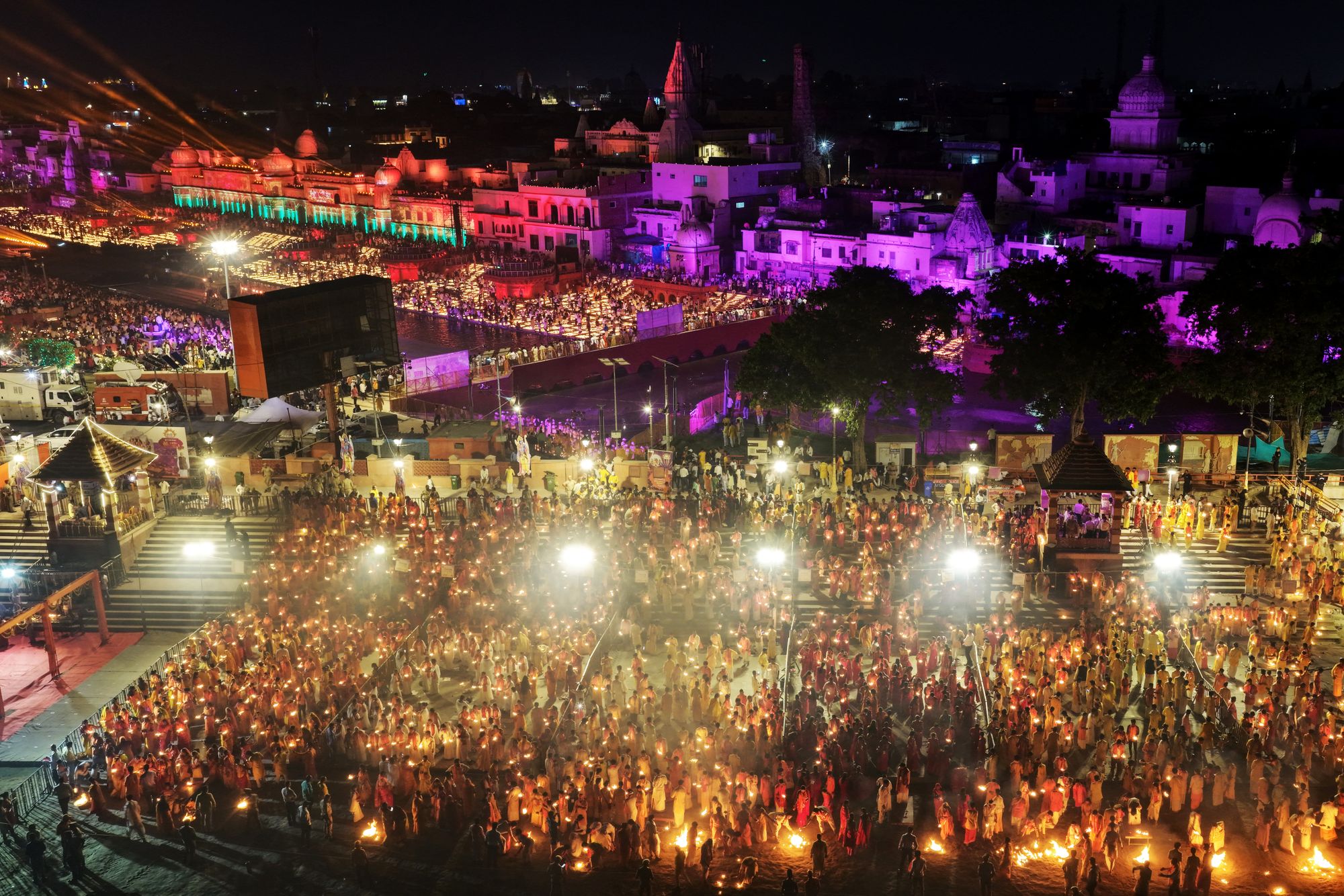
The festival brings with it a number of unique traditions, which also vary by region. What all celebrations have in common are the lights, fireworks, feasting, new clothes and praying.
In southern India, many have an early morning warm oil bath to symbolise bathing in the holy River Ganges as a form of physical and spiritual purification. In the north, worshipping the Goddess Lakshmi, who symbolises wealth and prosperity, is the norm.
Gambling is a popular tradition because of the belief that those who gamble on Diwali night will prosper throughout the year. Many people buy gold on the first day of Diwali, known as Dhanteras – an act they believe will bring them good luck.
Bizarre dispute over Trump-Modi phone call as US issues new tariff threat
India denies Modi had call with Trump to discuss halt of Russian oil imports
Can ‘green’ fireworks really prevent Diwali air pollution bomb in Delhi?
At least 20 people dead as passenger bus catches fire in northern India
Missing temple gold causes political scandal amid soaring prices of precious metal
Trump claims Modi has agreed to stop importing Russian oil to India
